‘This book allows you to contemplate the mysteries of God expressed naturally, expressed beautifully’.
In an age where, for some, religion is not as prominent in their lives as it once was, how can we keep religion relevant and interesting to large numbers of people?
This interest of mine arose after listening to the ‘Hidden Pages & Hidden Nature: A Book of Hours Revealed’ podcast, available here. Being religious myself, I was fascinated to learn about how those before me managed their faith. However, it also drew me to this question: how does our understanding of this Book change when we consider it as a work of art, rather than just as a religious text?
This Book of Hours, see Figure 1, was created by Master of the Échevinage of Rouen, the most prominent illuminator in Rouen from around the mid to late 15th century.
Figure 1: A page from the Book of Hours
As evident from its name, a Book of Hours detailed various Christian prayers and at what time of day, hour, they needed to be said. Often owned by the lay people, these Books allowed for many, although predominately women, to engage with the Christian faith. Being an important religious text, it is only expected for these Books to contain beautiful illustrations with vibrant colours in homage to the holy figures they detail. It is the way in which these paints were sourced, their significance and how they were later applied on vellum which will be the subject of this post.
Vellum, calf skin, was the base material of choice. However, this material had to undergo much work before it became the pages for the finished Book that we see today. First, to remove any hair and flesh, the skin was soaked in a lime solution and then stretched to the desired length and thickness. Once dried, the skin was cut into smaller sheets, creating the pages. Then, to ensure that the text would be written in straight lines, a line of small dots was made in the vellum using the tip of a sharp knife. The page was then ready to be inscribed and painted upon.
Sourcing the paints was not an easy process. Unlike today where one can take a trip down to their local craft shop, during the medieval period, paints were sourced in a much more time-consuming method. A method which heavily depended on the colour of the paint required.
Ultramarine was a new colour to the medieval period. Sourced by extracting the bright blue mineral lazurite from lazuli stones, see Figure 2, this was a very expensive shade of blue to obtain as these stones had to be mined from Afghanistan.
Figure 2: Lazuli stone in its natural state
However, despite its cost, ultramarine is found on numerous occasions within manuscripts, especially when depicting very important religious figures such as the Virgin Mary, see Figure 3. Being the mother to the Son of God, Mary was a very significant figure within Christian iconography. Thus, it was important to use a paint which complemented and highlighted the significance of the figure that it was capturing, and so, ultramarine with its high cost paid homage to the Virgin Mary and her religious significance very well.
Additionally, as blue is the colour of the Virgin and ultramarine provides such a vibrant shade of this colour, it was only natural that ultramarine was always the shade of choice which depicting Mary. This also helps explain why ultramarine is often found within other areas of the Book, for example within the foliage. As a Book of Hours also contained the Hours of the Virgin, where these prayers are present, tends to be where ultramarine has been used in abundance, as evident from Figure 3.
Figure 3: The Annunciation
As this scene captures The Annunciation, where the Angel Gabriel came to Mary and told her that she would be mother to the Son of God, ultramarine is ultimately the colour that stands out. Thus, the history and cost behind obtaining ultramarine, in addition to its presence all over this scene, highlights the religious significance of this scene and the people it details.
If ultramarine was ever unavailable or a cheaper alternative was required, blue pigment was sourced from Azurite, see Figure 4.
Figure 4: Azurite stone
A blue stone that is rich in copper, it was found in many European countries and so, while it was less vibrant than ultramarine, see Figures 5 and 6 for a comparison, it was easier and cheaper to obtain than the lazuli stones mined in Afghanistan.
Figure 5: Ultramarine
Figure 6: Azurite
Additionally, a lighter shade of blue could be obtained from plants such as woad, see Figures 7 and 8.
Figure 7: Woad
Figure 8: Lighter shade of blue obtained from the woad plant
Another important colour was red because, while this was used for adoration, significant holy days were also written in red. By the medieval period a cheaper and manufactured version to the natural stone Cinnabar, see Figure 9, had been created.
Figure 9: Cinnabar
Thus, the material Vermilion, see Figure 10, was the manufactured material and, due to this, it was the one that dominated how artists created red paint during this time.
Figure 10: Vermilion
In addition to these, yellow was sourced from volcanic earth or saffron, white pigment was obtained from white lead, see Figure 11. Not only this, but green was sourced from the Malachite mineral, see Figure 12, pink hues were obtained from plants such as madder and purple was sourced from animals including sea molluscs.
Figure 11: Lead white
Figure 12: Malachite
It is also important to note the presence of gold within manuscript pages. Similar to the reasons as to why ultramarine was used, gold added an element of luxury and highlighted the significance of the figures it surrounded. Applied in a liquid form or as thin solid sheets (gold leaf), the presence of even the smallest bit of gold on a page created a heavenly and superior setting and placed the religious figures within their spiritual context. In addition to this, significant feast days were also written in gold letters, again highlighting their importance.
Therefore, it is clear that sourcing the necessary colour pigments was not an easy task. However, it did not stop there. Before the illuminator could apply the pigment to vellum to bring these beautiful pages to life, each pigment had to be turned into a fluid medium, paint, so that it could be applied to the page with greater ease. To achieve this, pigments had to be mixed with their complementary organic ‘binder’. During the medieval period, natural gums obtained from plants or eggs, mainly the egg white (glair) were commonly used as binders by illuminators. Once the pigment had been mixed with the appropriate binder, a fluid medium was created, what we now deem as paint. It was at this stage, when the illuminator could finally start to adorn the pages of vellum to create the manuscript designs that we see today.
Thus, creating and compiling materials necessary to construct Books of this kind comprised of a lot of different elements. It took skill and patience while waiting for each page and pigment to be prepared until it was ready to be worked on.
This post has explored the way in which these processes happened and by doing so has considered the question: how does our understanding of this Book change when we consider it as a work of art, rather than just as a religious text? While today some may not practice religion in the traditional sense, it is Books like these which highlight just how important religion and prayer was within medieval society. However, when we change this perspective and shift our focus onto this piece as a work of art, this adds new meaning and greater significance to this piece’s history. By adopting an artistic perspective, we can appreciate the delicacy, craftmanship and elegance of such a work. The way in which each pigment was sourced and applied to the carefully prepared vellum, highlights just how time consuming and special a book these Book of Hours really were, both to those interested in art and religion.
Credit: We are incredibly grateful to the Warden and Scholars of Winchester College for giving us the kind permission to share the image of a page from the Book of Hours with you all (Figure 1).
Post Author: Lydia Ackrell, Hampshire HistBites Volunteer












